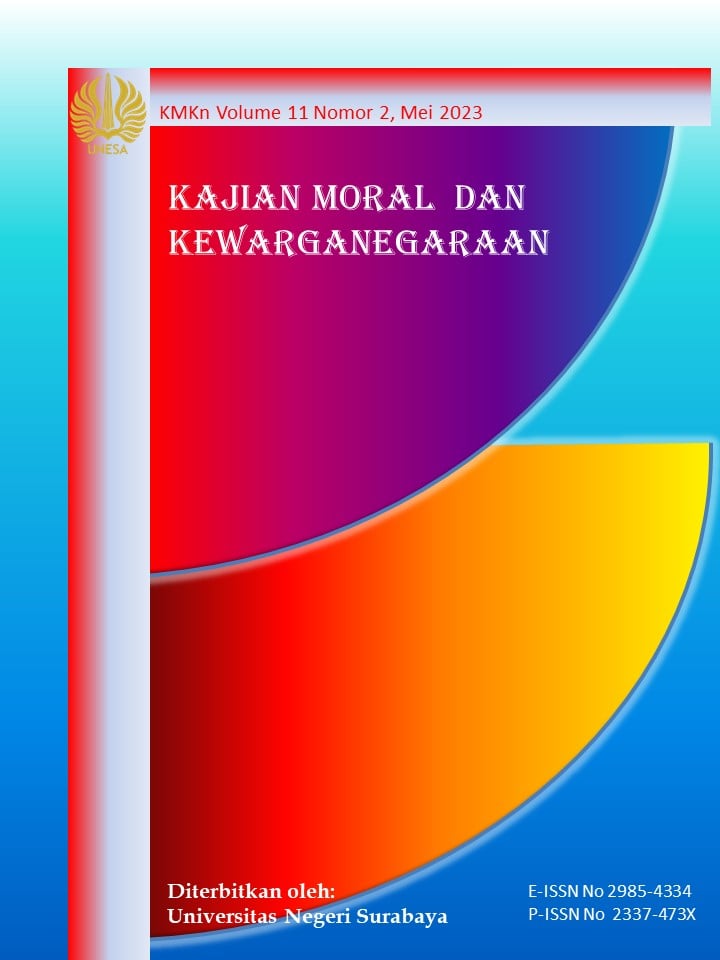PROSES KONSEP DIRI MANTAN NARAPIDANA (STUDI FENOMENOLOGI ANGGOTA KOMUNITAS DEDIKASI MANTAN NARAPIDANA UNTUK NEGERI)
DOI:
https://doi.org/10.26740/kmkn.v11n2.p429-443Keywords:
PROSES KONSEP DIRIAbstract
Ex-convicts have challenges after undergoing a coaching period such as being difficult to be accepted back in the community. Self-concept in ex-convicts affects social interaction in social life. This study aims to describe the self-concept process of ex-convicts who are members of the DM-NUN community. The use of theory in this study is George Herbert Mead's self-concept theory. In this study using a qualitative method with a phenomenological approach with data analysis of Miles and Hubermas. Data collection was carried out by purposive sampling consisting of five informants with the criteria of ex-convicts who were members of the Dedication Community of Former Inmates for the Country, had undergone a period of coaching at the IIB Tuban Penitentiary, and had been recorded as committing criminal acts. The focus of this research is to describe the self-concept process of ex-convicts who are members of the ex-convicts dedication community for the country by using the concepts of I and Me in the study of George Herbert Mead's theory. The results of the research findings are that the self-concept of ex-convicts who are members of the ex-convicts dedication community for the country is formed based on the willingness of ex-convicts to change themselves for the better, efforts to return to society, and support from the family and community as shown in Geoerge's theory. Herbert Mead through two elements, namely element I on the informant seen in ex-convicts wanting to change themselves and regret all the crimes they have committed. Meanwhile, the Me element is seen in informants who want to be seen as good people who have repented from past actions and in the future they can become figures or leaders for the community.
Keywords: self concept, ex-convicts, community
Downloads
Downloads
Published
How to Cite
Issue
Section
 Abstract views: 570
,
Abstract views: 570
, PDF Downloads: 866
PDF Downloads: 866





